Where to See
| Species Group | Damselflies |
|---|---|
| Scientific Name | Coenagrion puella |
| Status & Distribution | Very common throughout England, Wales, and the lowlands of south/central Scotland. Distribution is growing and spreading north in Scotland. |
| Habitat | Small ponds and streams, and at the edges of larger water bodies. |
| Flight Period |  |
| Adult Identification |
|
| Larval Information | Spotting on the back of the head. Caudal lamellae slighted pointed (distinguishes it from Variable Damselfly). |
| Threats |
|
| Management | Maintain areas of emergent vegetation as well as submerged and floating vegetation within the water. |
| Similar Species | Can be easily confused with other damselflies of the Genus Coenagrion and with the Common Blue Damselfly Enallagma cyathigerum. To separate this species look for the following features:
|

